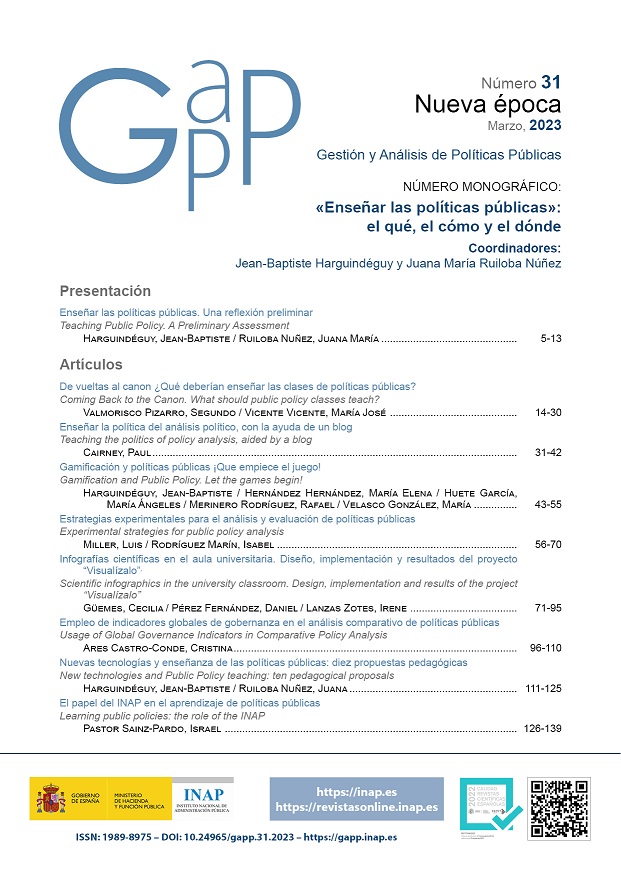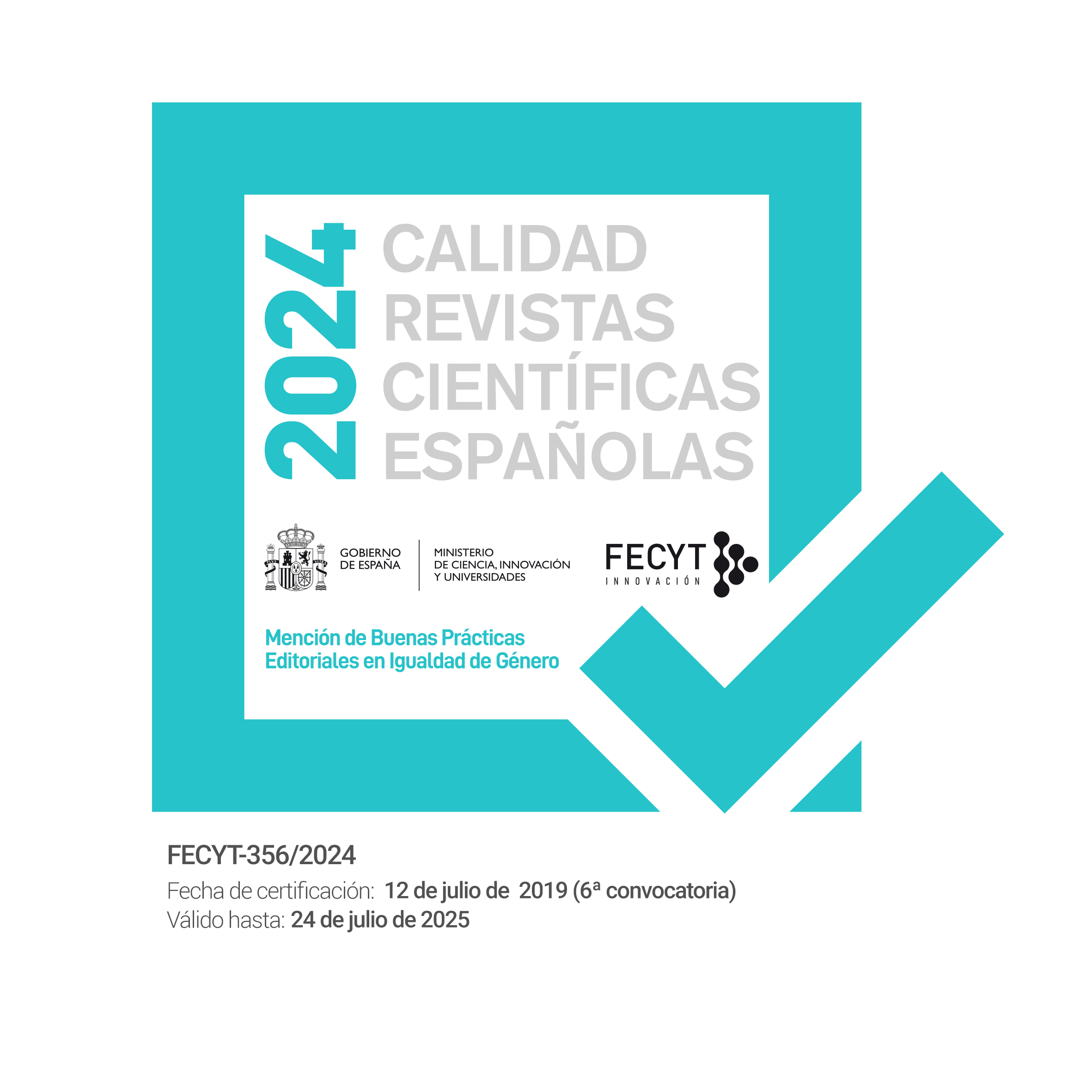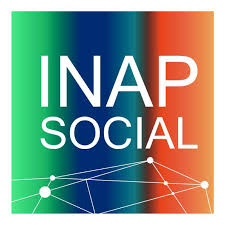Scientific infographics in the university classroom. Design, implementation and results of the project “Visualízalo”
DOI:
https://doi.org/10.24965/gapp.11158Keywords:
Educational tools, Infographics, Teaching Innovation, Action-Research, Dissemination of knowledgeAbstract
In this article, we provide a detailed account of the design process, implementation phase and results of a teaching innovation project aimed at training undergraduate and graduate students in ways to design, compose and disseminate scientific infographics. The project –titled Visualize It: Infographics on Government, Administration and Public Policy– involved a rather broad group of teachers from the Autonomous University of Madrid, in collaboration with teachers from other Spanish universities (UCM, URJC, UCLM, EHU-UPV and UdG), and was conducted during the academic years of 2020/2021 and 2021/2022. This article first offers a theoretical approach to the concept of infographics, and then it gives a detailed account of infographics usefulness both as a teaching and work-related tool. After that, we offer a description of the way in which this practice was designed, giving the reader a detailed account of the methodology used for its implementation and of the implementation phase itself. Then, we compile the results obtained in surveys distributed to students and teachers, aimed at measuring the effects, levels of success and failures of this practice. The article closes with a brief discussion of these very results, and with a list with some ways to improve and/or optimize it.
Downloads
References
Ahedo, I., Aguado, D., Martínez, P., Álvarez, I. y Gómez-Etxegoien, C. (2022). Investigación-acción en la gestión de desigualdades de género en Educación Superior: activando la agencia del alumnado. Revista Prisma Social, (37), 148-181. https://revistaprismasocial.es/article/view/4687
Albar Mansoa, P. J. (2017). Infografía didáctica como recurso de aprendizaje transversal y herramienta de cognición en educación. Trayectoria. Práctica Docente en Educación Artística, (4), 49-66. http://www.ojs.arte.unicen.edu.ar/index.php/trayectoria/article/view/436
Alford, K. (2019). The Rise of Infographics: Why Teachers and Teacher Educators Should Take Heed. Teaching/Writing: The Journal of Writing Teacher Education: 7(1), 157-175. https://scholarworks.wmich.edu/wte/vol7/iss1/7
Alrwele, N. S. (2017). Effects of Infographics on Student Achievement and Students’ Perceptions of the Impacts of Infographics. Journal of Education and Human Development, 6(3), 104-117. https://doi.org/10.15640/jehd.v6n3a12
Alyhaya, D. M. (2019). Infographics as a Learning Tool in Higher Education: The Design Process and Perception of an Instructional Designer. International Journal of Learning, Teaching and Educational Research, 18(1), 1-15.
Athreya, B. H. y Mouza, C. (2017). Thinking Skills for the Digital Generation: The Development of Thinking and Learning in the Age of Information. Springer.
Becerra-Rodríguez, D., Barreto-Tovar, C., Bernal-Torres, C. y Ordoñez, A. (2021). Lectura grupal e infografías en la enseñanza y el aprendizaje de contenidos de divulgación científica en el contexto universitario. Formación universitaria, 14(2), 47-56. https://dx.doi.org/10.4067/S0718-50062021000200047
Bhasin, T. y Butcher, C. (2022). Teaching effective policy memo writing and infographics in a policy programme. European Political Science, (21), 165-181. https://doi.org/10.1057/s41304-021-00330-0
Bovill, C. (2020). Co-creating Learning and Teaching: Towards relational pedagogy in higher education. Critical Publishing.
Català, J. (2020). Siempre que la ciencia precisa llegar a los demás se entiende muy bien con la infografía. Universitas Científica, 21(2), 52-57. https://revistas.upb.edu.co/index.php/universitas/article/view/916
Carabal, M. A., Taroncher, J. M., Santamarina, V. y Esgueva, M. V. (2020). Las infografías como herramienta de transferencia social. International Conference on Innovation, Documentation and Education – INNODOCT 2020. http://ocs.editorial.upv.es/index.php/INNODOCT/INN2020/paper/view/11913
Carabal, M. A., Esgueva, M. V., Moreno, E. y Santamarina, V. (2021). Infografías, comunicación visual y transferencia de contenidos en la universidad. International Conference on Innovation, Documentation and Education – INNODOCT 2021. http://dx.doi.org/10.4995/INN2021.2021.13413
Deem, R. y Eggins, H. (2017). The University as a Critical Institution? Brill – Sense.
Dick, M. (2020). The Infographic: A History of Data Graphics in News and Communications. The MIT Press.
Fernández de Molina, E. (2021). Las infografías como herramienta didáctica: aplicación en la enseñanza universitaria. IN-RED 2021: VII Congreso de Innovación Educativa y Docencia en Red. http://dx.doi.org/10.4995/INRED2021.2021.13783
Gamonal, R. (2013). Infografía: etapas históricas y desarrollo de la gráfica informativa. Historia y Comunicación Social, (18), 335-347. https://doi.org/10.5209/rev_HICS.2013.v18.44331
Jaleniauskiene, E. y Kasperiuniene, J. (2022). Infographics in higher education: A scoping review. E-Learning and Digital Media. Prepublicado el 10-06-2022. https://doi.org/10.1177/20427530221107774
Kemmis, S. y MacTaggart, R. (1988). Cómo planificar la investigación-acción. Laertes.
Koltay, T. (2017). The bright side of information: ways of mitigating information overload. Journal of Documentation, 73(4), 767-775. https://doi.org/10.1108/JD-09-2016-0107
Lindsay, P. (2018). The Craft of University Teaching. University of Toronto Press.
Marín, B. E. (2010). La infografía digital, una nueva forma de comunicación [tesis doctoral]. Universidad Autónoma de Barcelona. http://hdl.handle.net/10803/48653
McCormack, J. (2014). Brief: Make a bigger impact by saying less. Wiley.
Minervini, M. A. (2005). La infografía como recurso didáctico. Revista Latina de Comunicación Social, (59), 63-73. https://doi.org/10.4185/RLCS-200506
Muñoz, P. C., Fuentes, E. J. y González, M. (2012). Necesidades formativas del profesorado universitario en infografía y multimedia. Revista de Investigación Educativa, 30(2), 303-321. https://doi.org/10.6018/rie.30.2.118971
Muñoz García, E. (2014). Uso didáctico de las infografías. Espiral. Cuadernos del Profesorado, 7(14), 37-43. https://doi.org/10.25115/ecp.v7i14.969
Parveen, A. y Husain, N. (2021). Infographics as a promising tool for teaching and learning. Journal of Emerging Technologies and Innovative Research, 8(8), c554-c559. https://www.jetir.org/view?paper=JETIR2108322
Pazos-López, A. (2021). Aprender a desarrollar infografías académicas. Estrategias docentes con infografías científicas [Taller de Infografías científicas celebrado el 27 de noviembre de 2021 de modo virtual, a cargo del proyecto de investigación VISUALIZALO D_010.20_INN], Universidad Autónoma de Madrid. https://www.uam.es/Derecho/Recursos-did%C3%A1cticos/1446824427082.htm?language=es&nodepath=Recursos%20did?cticos
Polman, J. y Gebre, E. (2015). Towards critical appraisal of infographics as scientific inscriptions. Journal of Research in Science Teaching, 52(6), 868-893. https://doi.org/10.1002/tea.21225
Wimberley, A. (2016). Reshaping the paradigms of teaching and learning: what happens today is education’s future. Rowman & Littlefield Publishers.
Yildirim, S. (2016). Infographics for Educational Purposes: Their Structure, Properties and Reader Approaches. Turkish Online Journal of Educational Technology, 15(3), 98-110. https://eric.ed.gov/?id=EJ1106376
Downloads
Published
How to Cite
Issue
Section
License
Copyright (c) 2022 Gestión y Análisis de Políticas Públicas

This work is licensed under a Creative Commons Attribution-NonCommercial 4.0 International License.












